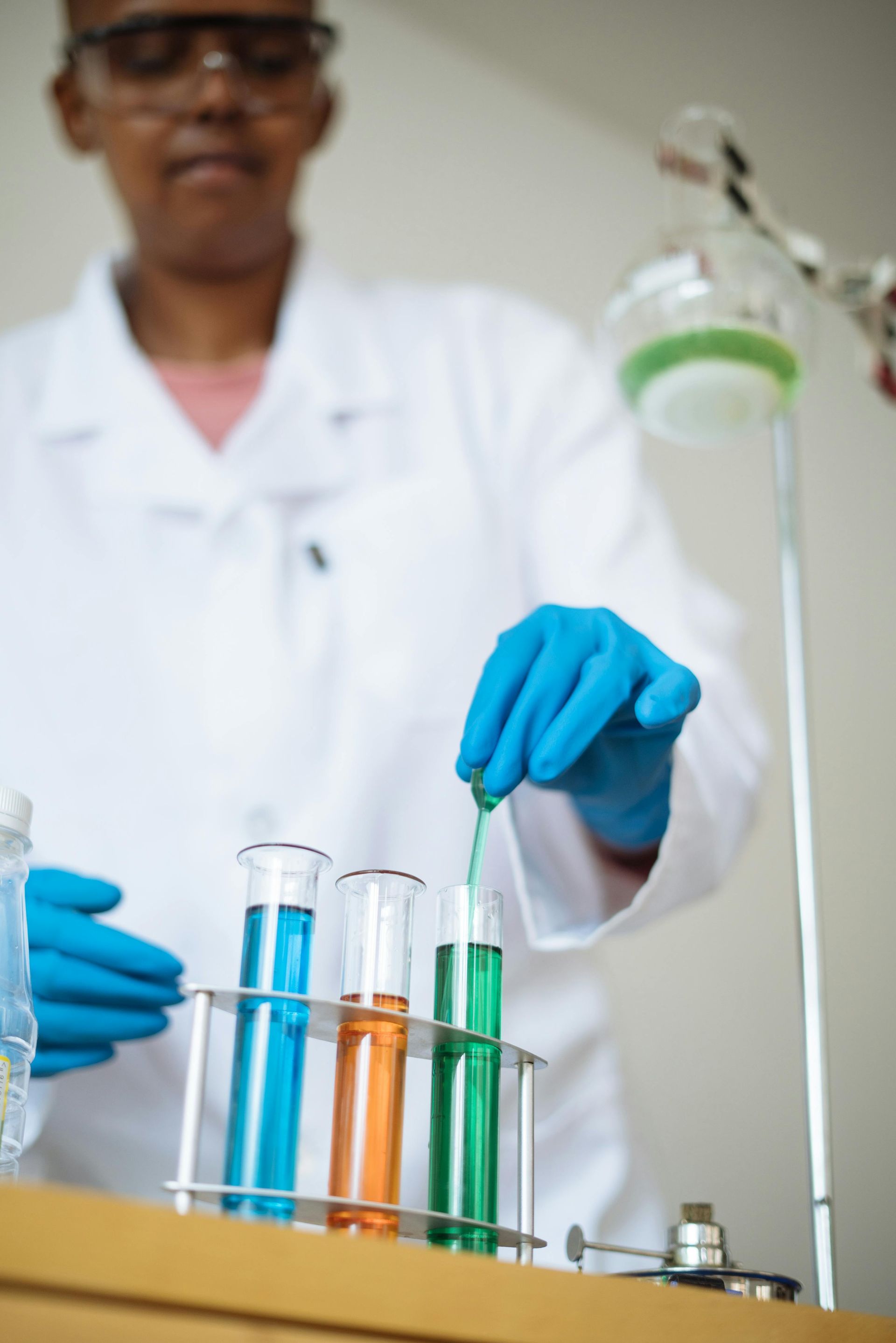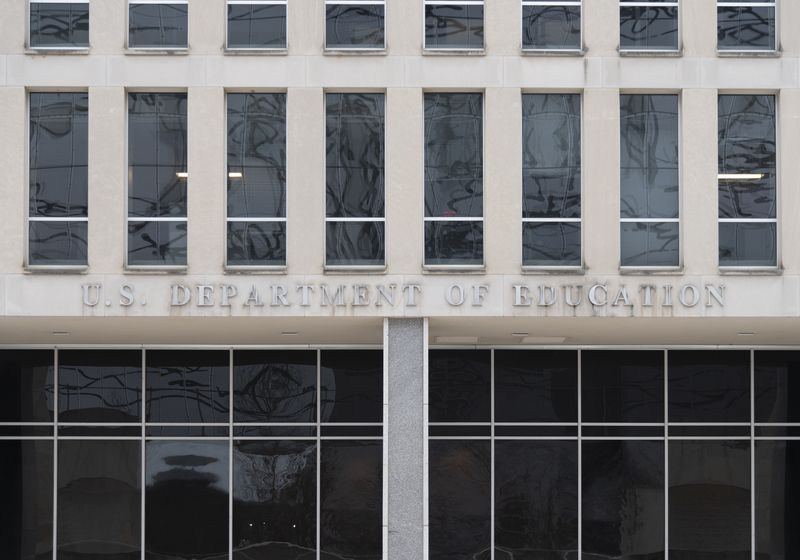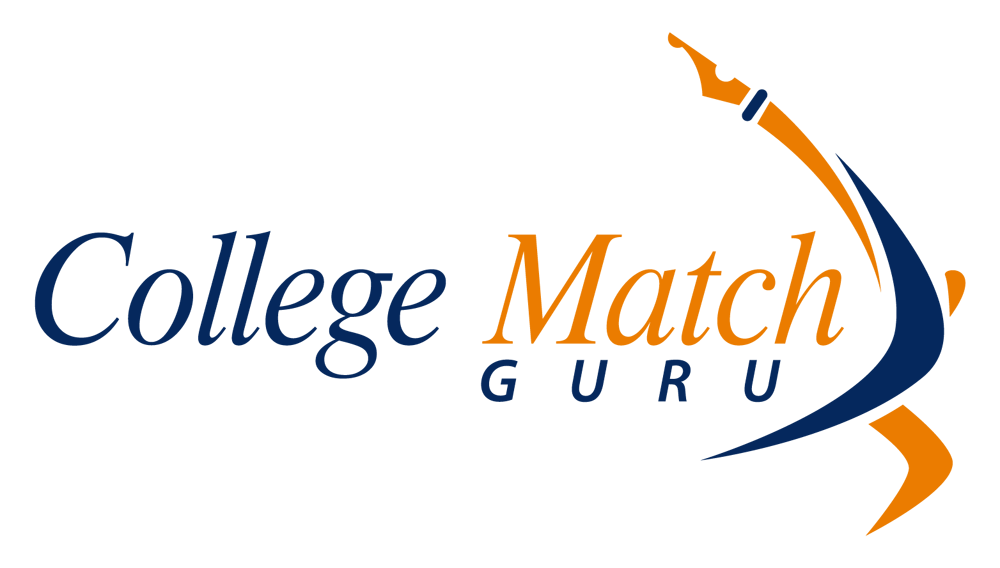March 9, 2025
Over the last several weeks, the Trump administration has curtailed federal funds to research institutions, including most colleges and universities that do any kind of scientific or medical investigation. Recent administration directives have mandated that the NIH cap indirect research grants at15% of a project’s direct cost. This is supposed to result in as much as $4 billion in federal budget savings (1), but could place many research projects in jeopardy. According to Arnold & Porter(2), research institutions typically receive two to three times that amount from the NIH. Many schools cannot afford the loss of millions of dollars in expected federal grants. The Trump administration has also put in motion plans to drastically cut National Science Foundation (NSF) budget and staff. According to R&D World, NSF, “a major funder of basic research in the U.S., would be forced to considerably reduce or halt grant awards, potentially impacting thousands of researchers, universities and projects.” (3) On another front, the administration has attempted to discontinue all USAID funding, including research fellowships and programs in Global Health, Economic Growth and the environment. USAID funding, much of which was already authorized, continues to be in limbo: Judges have ruled the program funding must continue while the administration says they’ve canceled the projects, so there is nothing left to fund. While many of these funding cuts have been temporarily suspended by federal judges, research institutions like universities have taken steps to reduce their risk in the event the grants are reduced, modified or rescinded. The New York Times (4) reported that many universities, like NC State and Stanford, are freezing all new staff hiring. University of Kentucky cited a potential loss of more that $20 million in NIH research funding if the freezes were to be made permanent. The Daily Pennsylvanian, Penn’s newspaper reported that Penn Medicine stands to loose up to $240 million if current situation stands. Penn Medicine was instructed to cut Ph.D. admissions for 2025/26 by 35% due to funding uncertainties.(5) The damage is not just affecting Ph.D. programs and graduate research. As the number of research opportunities diminish, undergraduates at most universities will have less opportunity to do research as funding is reserved for the graduate students that rely on it. Even at colleges, where there are no graduate students, opportunities to do research will be affected as schools loose NIH funding they have relied upon in the past. The only thing we know for certain at the moment is that the situation is fluid and government-funded research will shrink going forward. I’ve advised my Seniors that hope to do any kind of undergraduate research to contact their schools in April to see how their programs may be affected by the change in federal research funding; students can change their school decision easily before May 1st. I also suggest that they contact the head of their departments and establish some contacts so they can be first in line for undergraduate research opportunities once they get to school in August. For now, sit down and grab some popcorn. There’s sure to be several unexpected twists and turns to this saga as the summer unfolds. (1) Federal judge blocks drastic funding cuts to medical research, AP, Neergaard L., Casey M, 3/5/25 (2) Impact of Trump Administration Directives on Scientific Research in the U.S.,Arnold & Porter, 2/12/25 online article (3) NSF layoffs in 2025: Deep budget cuts headed for U.S. research sector, Buntz B, R&D World, 2/21/25 (4) NYT, As Trump Goes After Universities, Students Are Now on the Chopping Block, 3/6/25 (5) Penn Medicine graduate programs instructed to cut Ph.D, Admissions by 35% due to funding uncertainty, Chitirala I, Ryan F, DP 2/25/25






